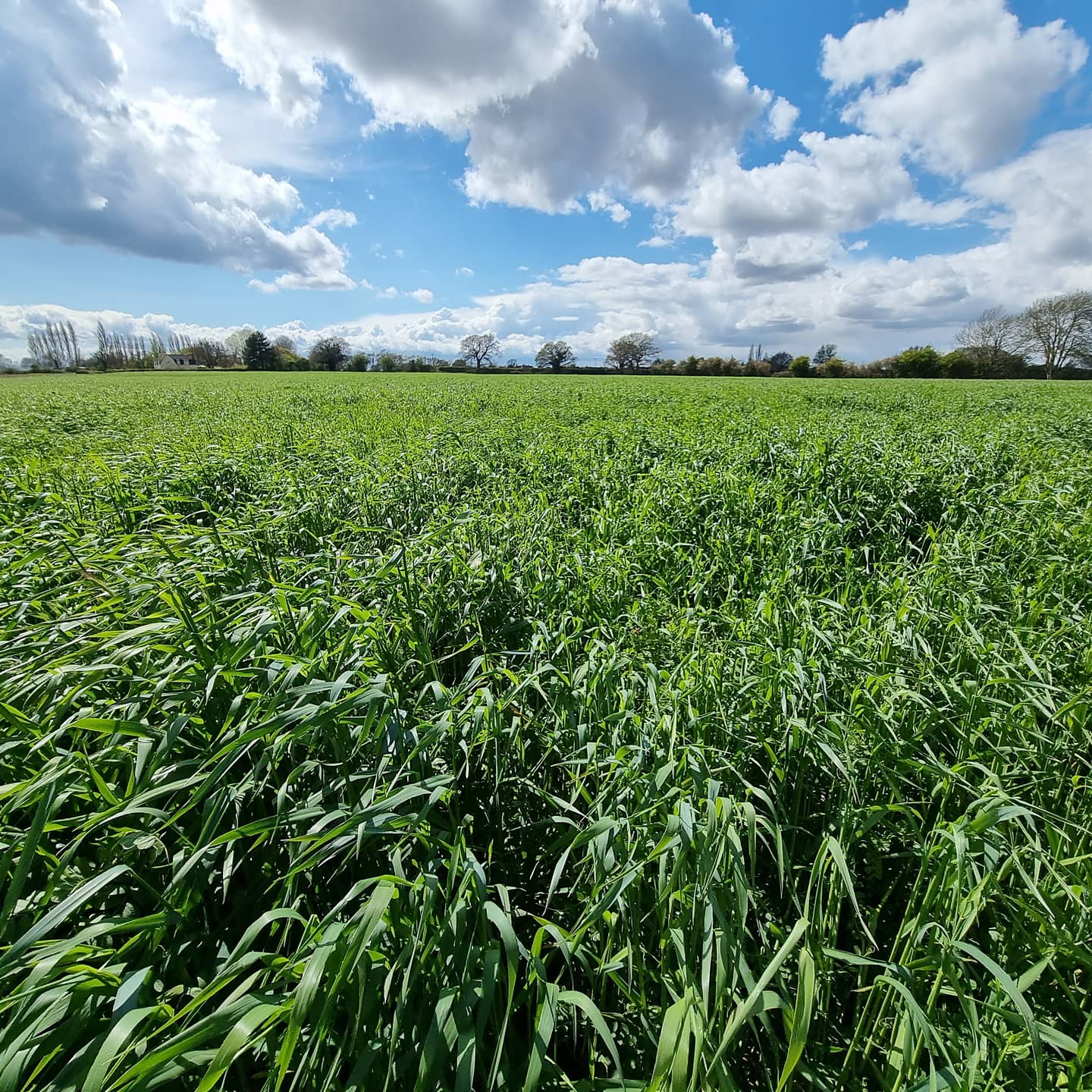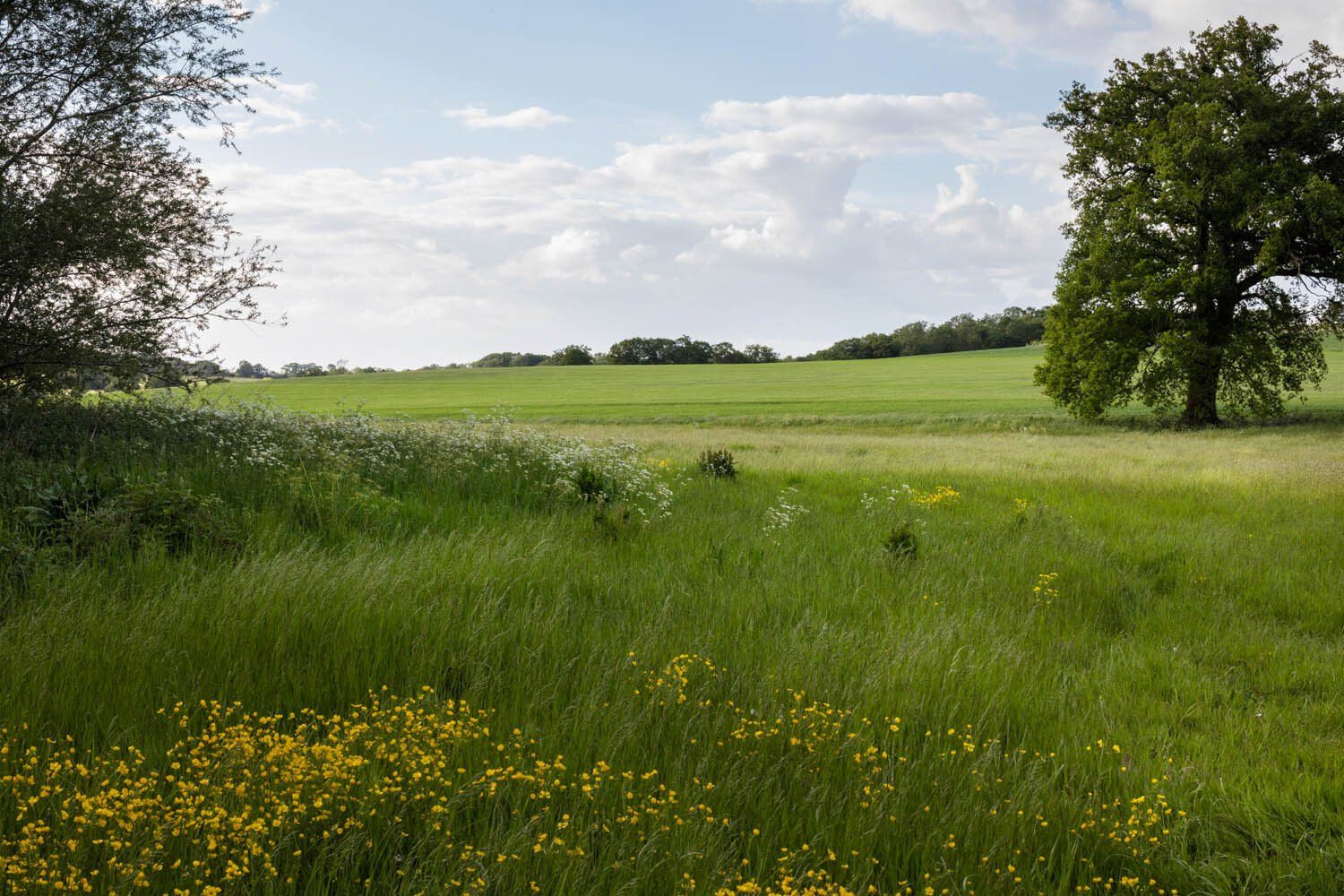Blog Layout
Felixstowe Community Nature Reserve
Dr. Adrian Cooper • Jun 07, 2021
Felixstowe Community Nature Reserve

Dr Adrian Cooper
Felixstowe’s Community Nature Reserve is 6! If you’re new to the idea of community nature reserves, let me try and enlighten you.
Felixstowe’s Community Nature Reserve is a network of small, wildlife-friendly spaces in local people’s back gardens, allotments, window boxes and balconies. Each member is asked to allocate at least three square yards of their land for any kind of wildlife-friendly features they might want to have.
Examples include pollinator-friendly plants, wildlife ponds, hedgehog homes, hedgehog tunnels between neighbour’s fences, bird feeders, and insect lodges. In any combination of those features which people want to have. The group also encourages local people to allocate space in their gardens for re-wilding. That means simply leaving part of their garden, or allotment to grow wild, and to let nature weave its own micro-ecosystems. But all that is only the start of the story.
Within the conservation network of Felixstowe’s Community Nature Reserve, green corridors have developed: this happens when a sequence of neighbours are doing the same thing. The benefit of all that network building, and green corridor making, is that Felixstowe people are reporting a clear improvement in local biodiversity.
In May last year, Felixstowe’s Citizen Science Group did an Impact Analysis on the work of Felixstowe’s Community Nature Reserve. That Impact Analysis asked a sample of 100 members of Felixstowe’s Community Nature Reserve how things had changed. The results confirmed that 62% of people sampled said that they had seen an improvement in the biodiversity of their gardens since they had been a part of Felixstowe’s Community Nature Reserve. 68% of people sampled explained that they grow plants which are recommended on the Felixstowe Community Nature Reserve Facebook page, and 66% of people in the survey said that they grow pollinator-friendly plants. It’s an encouraging picture of progress so far.

Another way to think about the work of Felixstowe’s Community Nature Reserve is to add together all the small pieces of land which local people devote to wildlife-friendly activity. Again, Felixstowe’s Citizen Science Group has done just that. From their work, those citizen scientists discovered that the average allocation of space within the Community Nature Reserve is 3.65 square yards per member. They also counted well over 1,650 active members in the project. Multiplying 3.65 by 1,650, the total area is 6,022 square yards; well over the minimum area required by the Football Association for a full-sized football pitch.
Felixstowe’s Community Nature Reserve has been growing since its inception in May 2015. Today, team leaders offer help and support to other satellite projects, such as the Ipswich Community Nature Reserve, Transition Woodbridge, the Bredfield Wildlife-friendly Village, the Brightlingsea Nature Network, the Burton Latimer Community Nature Reserve and the Cosby Community Nature Reserve. In Portugal, Felixstowe has inspired the Pontos and Vida project. In the United States new projects are in development with community-based conservationists in Philadelphia.
Increasingly, Felixstowe’s Community Nature Reserve encourages local young people to get involved in its work. Their brilliant Youth Representative, Luke Smout is doing an outstanding job. With Luke’s help, a group of Digital Media students from the University of Suffolk produced a short film about Felixstowe’s Community Nature Reserve. Suffolk Wildlife Trust also included the Felixstowe Community Nature Reserve in its 2019 film about community-based conservation.

The RSPB featured Felixstowe’s Community Nature Reserve in the Winter / Spring edition of their Nature’s Home magazine. 400,000 copies of that magazine went to all RSPB members, inspiring the next generation of community nature reserves, all based on the Felixstowe model. Meanwhile, in November last year, we were featured in the i newspaper, where its 250,000 print readers were inspired by what they learned.
Through our data collection, data analysis and data visualisations we are also helping inform the work of the European Citizen Science Group, and the Citizen Science Global partnership.
When people first encounter our work, they often ask how the project began. It’s a story which began in May 2015 when I first realised that nature reserves do not have to be in the form of a single area of land. Instead they can comprise a network of small areas, all under the control of individual home-owners, but between which wildlife can move to find sanctuary and sustenance.
With that idea in mind, I began talking to friends. Those friends told other friends and neighbours, and before the end of 2015, the idea had taken root. Simply through word of mouth, kindness, encouragement, inclusiveness and empowerment of its members, Felixstowe’s Community Nature Reserve never stops growing.
WildEast Blog

By by WildEast
•
05 May, 2022
Broad bushy hedges, or WildEdges , can become substantial ecological assets whilst increasing crop productivity for the farmer. WildEast estimate that 5% (62,500 hectares) of the 20% of wildlife habitat required, could come from WildEdges. Working together, WildEast and Land App will equip farmers with the toolkit that they need to transform their farmland hedges into rich wildlife habitat. 80% of the WildEast footprint is agricultural land. WildEast and LandApp aim to enable landowners to broaden hedges to increase space for wildlife. If you're having difficulty viewing the below Wild Story, please head here.
We want the East to become one of the world's biggest and best nature reserves, enriching our lives, and restoring our wild(er) hearts.
Powered by LocaliQ
Follow Us
SIGN UP FOR NEWS & UPDATES
Newsletter Sign Up
Thank you for signing up to our newsletter.
Oops, there was an error sending your message.
Please try again later.
Please try again later.
Copyright WildE ast 2021. Registered Charity No.1193252
Privacy / Terms & Conditions / Sitemap
We want the east to become one of the world's biggest and best nature reserves, enriching our lives, and restoring our wild(er) hearts.
